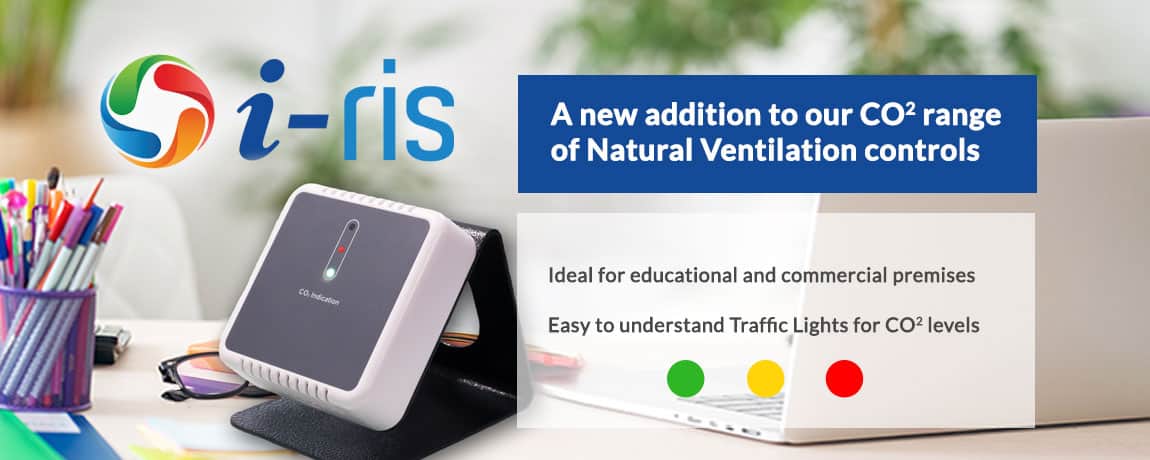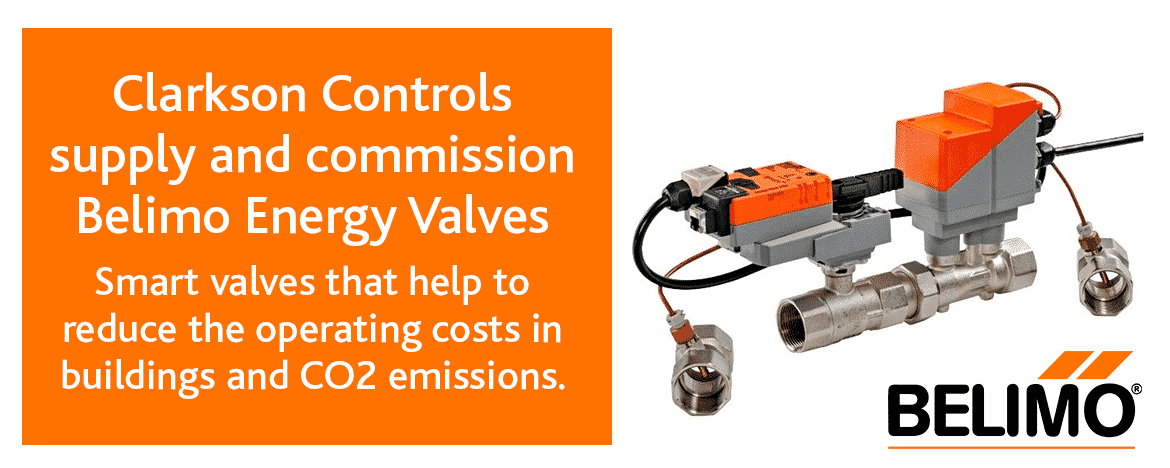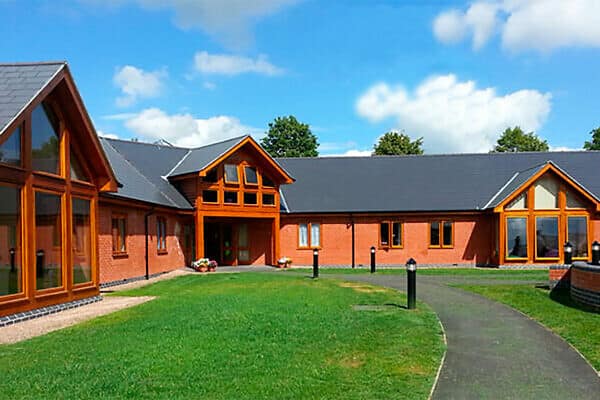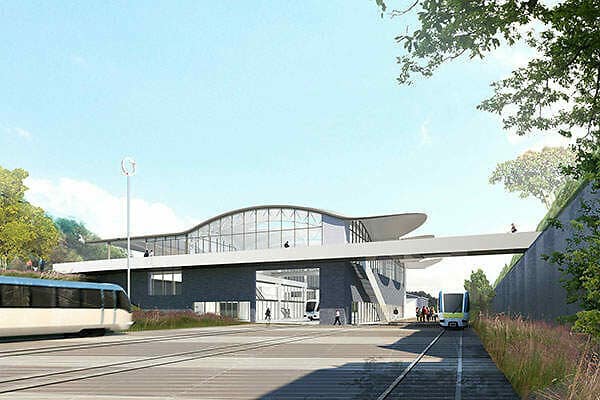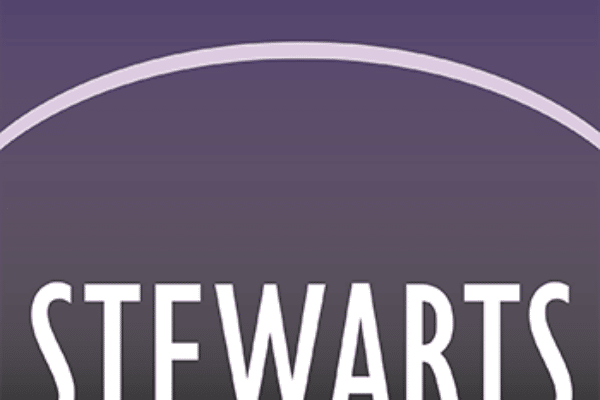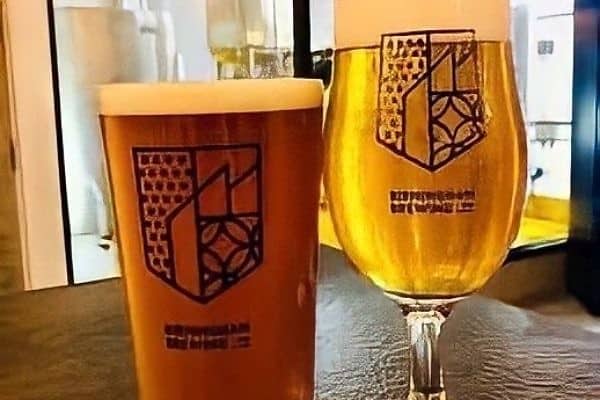Ooops! EIBI magazine did not print full article so here is the complete copy.
TOWARDS FASTER AND SIMPLER SYSTEMS
As with computers, Building Automation system outstations are moving with time to have more powerful and faster micro-processor chips and memory, which in turn is adding to the capabilities of systems. This move to more powerful processors is more noticeable with the smaller manufacturers such as Elesta, who are able to respond quickly to change and have much shorter development times than the more established companies, This, coupled with not requiring backwards compatibility with older slower product and native communications protocols enables the use of memory/ processing power fully for control algorithms, which pays in the form of even more enhanced performance.
With this upward change in processing power capability controller / outstations are becoming even more adept at being able to run larger programmes and run several open source protocols, such as BACnet and modbus, alongside the controller manufacturer`s own native communication protocol– all in a consecutive manner. Some of the newer products also have the ability to act as routers and protocol converters saving additional components. The move to IP addressable controllers has made the communications capabilities much simpler and cost effective and allows the BMS controller to run on the building CAT 5/6 network cabling and components, making the communication set up relatively simple.
A further recent move has seen the emergence of in-built Web browser capability to BMS controllers. We are now able to offer one BMS `control unit` to control the whole building services. For example the boiler house / plant room, to each zone of natural ventilation, along with lighting, metering and access control, and without further manufacturer`s software -other than a computer with a browser (such as Firefox or Internet Explorer), change set points, log data, obtain and export meter readings to a propriety package and generally do everything you could do on a more expensive manufacturers packaged front end. Alarm messages can also be generated and sent out to recipients via email or SMS messaging. The user can then `browse` into the site to see the problem.
With this increase in processor `power` we are now able to distribute throughout a building, sensors which are `dumb` but which have communications capabilities such as BACnet. Our Nat vent room units for instance, sense temperature, CO₂ ,push button operation and give indication, (for example CO₂ levels via a traffic light sequence of LED`s). On receiving the sensor `data packet` the BMS controller uses its onboard control algorithms to produce an output value packet which is sent out to the same sensor unit (or other BACnet device) , which produces a 0/10v signal. Other equipment such as BACnet enabled inverters can also receive this packet of information from BACnet sensors via the BMS controller, for simple example to speed a fan up/down on CO₂ levels. Older technology BMS equipment do`s not have enough logical algorithms to control multi-zones, necessitating addition BMS units. The other major change in the controls industry is packaged plant, so as long as the boilers, AHU`s etc are open protocol they can be readily linked together to the BMS controller to produce a coherent comprehensive energy efficient controls package. By distributing product and by using modular techniques out in the field major savings can be made on input output modules in the main control panel, reduced installation costs, and labour cost is also reduced by having a standardised/ repeat zoned scheme i.e. wiring is simplified with less mistakes as the sensor is located and wired to the louvres in the same zone, less commissioning time is also achieved. Checking that the right sensor is in the right zone connected to the right louvres is easily done as all control items are local in each zone.
Whilst the capabilities of BMS are increasing and becoming more sophisticated it is vitally important that the user interface remains simple. Not many people outside of our industry understand that 1500ppm on a LCD display is not good, but they do understand that a red or amber indicator means they need to take action! We use the KISS principle when designing product (keep it simple stupid)!
Further leaps in technology now allow us to use the EnOcean(Thermokon) open protocol wireless sensors and devices, which communicate to BACnet wired receivers around the building and then into the BMS controller. As the EnOcean devices are wireless working on photovoltaic power they are also cable less! And by using conventional wired sensors in the plant room areas we can make a truly hybrid system.
It is not just the processor speed that has improved, it is also the RAM storage that has increased -we now see controllers with a minimum of 2GB, in the past this has been measured in MB! Some new systems use industry standard SD cards (as used in cameras) for memory. This saves on commissioning as you do not need to take a laptop onto site to change a programme or defaults- just change the SD card out for one pre-prepared in the office. With the advent of BREEAM we can now store large quantities of logged data within the controller for retrieval latter.
These advances in controller capability also give us the ability to run several programs in each controller

